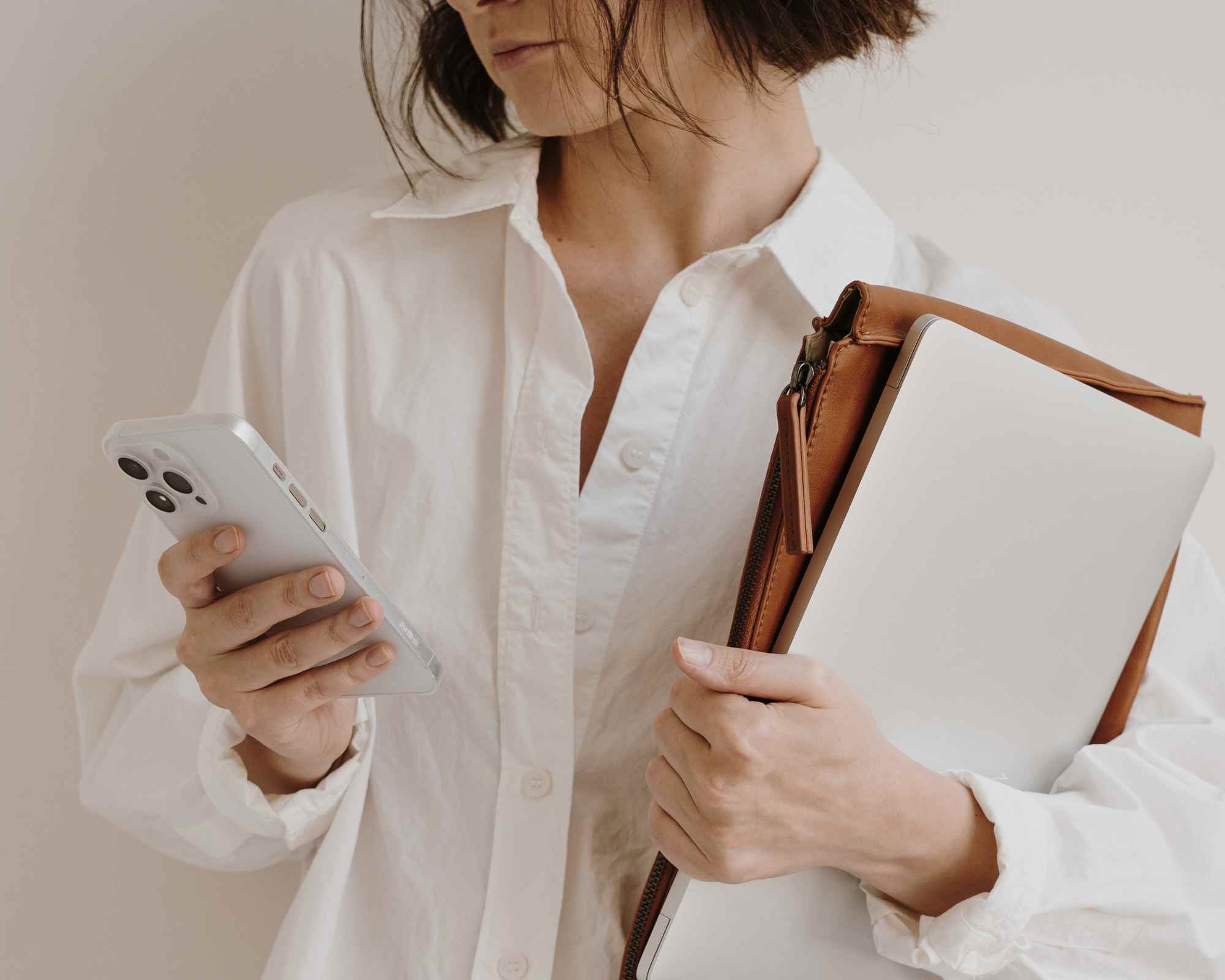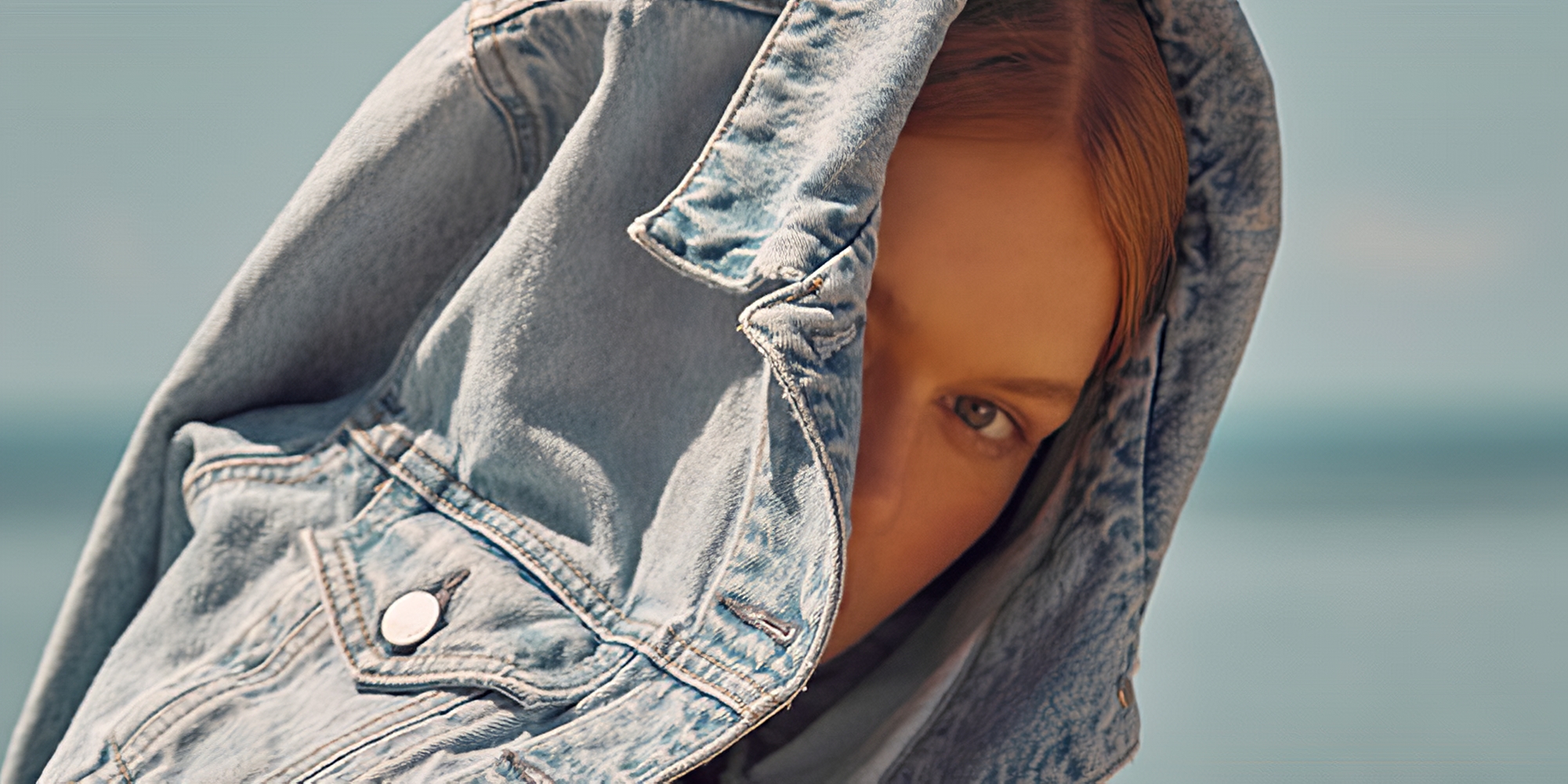We talk a lot about looking through your existing wardrobe before buying something new, and wardrobe organising apps are a brilliant tool for doing just that. We tested three of the biggest ones so you can understand how they work, why they’re useful, and whether they’re really worth the effort of cataloguing everything you own.
How wardrobe organising apps can contribute to sustainable fashion
Nearly 30 years after Clueless instilled digitised wardrobe dreams into millions of ‘90s kids, wardrobe planning apps have finally become a thing. Today, a host of smartphone apps mean you can carry a view of your entire wardrobe around in your pocket. They can help you see your wardrobe with fresh eyes and reduce the need to shop for new things through outfit planning, categorising your clothes, and reselling the things you don’t wear anymore to keep them in circulation and reduce the amount of fashion waste going to landfill. All these things can contribute to a more responsible approach to fashion and consumption, but do these apps really work as well as they say? Can you reduce your impact and save time and money with wardrobe organising apps?
I set out to find the answers as the second month of my year-long challenge not to buy any new clothes commenced (so far, so good, in case you’re wondering). Could these apps help me dress more creatively and reduce my desire to buy new things?
I chose to try out Whering, Indyx, and Acloset based on the most highly rated and reviewed apps available for both iOS and Android. I also only chose free apps to reduce the barriers for reader access, though we acknowledge the value of paid services.
Getting started with wardrobe cataloguing
Each app requires users to catalogue their clothes before getting started wih the outfit planning, and the more items you can save in the app, the more varied its outfit suggestions will be, and the better it’ll work.
Cataloguing can take a long time though, not least because the quality of the image really matters. Ideally every item is pressed, carefully laid out, and photographed symmetrically from above—some apps have helpful guidance on how to get the best results. I started by cataloguing the items most relevant to the current season, along with the ones I wear most, and the ones that define my style.
It’s worth setting aside the time to make your clothes look great, as your experience in the app will be more inspiring. Speaking of—let’s get into how Acloset, Indyx, and Whering fared over a week of testing with my own wardrobe.
Whering
Best for: getting started quickly
Core functions: automated wardrobe cataloguing, moodboards, lookbooks, outfit planner and calendar with optional reminders, outfit of the day photos, AI outfit suggestions (in beta, as of writing), resale, blog, digitisation guide, wishlist, wardrobe stats.
Whering offers a great overall fashion experience, thanks to its blog, wardrobe statistics, and integrated resale options with big names like Vestiaire Collective and Beyond Retro. There’s also a range of styling methods, including a moodboarding function for outfits and non-product images (great for capturing a vibe), and a blank canvas for moving items around.
It’s easy to get started thanks to an existing library of common wardrobe items, which means you don’t need to photograph everything to start filling up your digital wardrobe. This of course depends on whether the items match your personal style, but I found quite a few core pieces that are almost identical to the ones I own, like jeans, basic tops, and even my favourite bucket hat. You can also screen-capture products from the web and search retailer websites within the app.
The swipeable Dress Me method sets Whering apart from others. Select up to four rows and swipe through your wardrobe to create different outfits. This a great way of discovering new combinations you never realised would work and is just really fun to use.
My technical problems were sorted quickly. I had a few difficulties logging in, but Whering’s team responded within 24 hours, and I didn’t have any other issues after that.
Indyx
Best for: professional styling services
Core functions: wardrobe cataloguing, collections (for packing and shopping lists), outfit planner and calendar, blog, styling guides, digitisation guide, wishlist, stylist services.
Indyx can help you figure out your personal style. The app has a range of options to help you understand your style archetype—take the style quiz to figure out what you align most with (my results were bang on), and then sign up to the app’s free, eight-week style workshop, where you’ll receive a series of lessons (with homework) covering everything from gathering inspiration to assessing your existing wardrobe—and you’ll be added to a private Slack channel with like-minded users.
There’s a lot of work involved in cataloguing, since the app doesn’t use automation to glean basic details, such as item category and colour, and loading times are slow in comparison to other apps. There’s also no option to do a bulk photo upload, which does increase the time spent cataloguing.
Indyx offers a professional cataloguing service, where an archivist will visit your home to list up to 100 items over five hours. Pricing starts at US$295. In fact, professional services are a core part of the app. If you’re looking for expert styling advice then Indyx is the place for it. Not only can you browse its stylists’ “open closets” in the app, but you can subscribe to weekly outfit suggestions and lookbooks of 10 outfits created by handpicked stylists that match your vibe, using the items you’ve catalogued, and there’s a 1:1 video call service, too.
Parts of the app are still in development at the time of writing, such as the resale function, the outfit feed from other users, and the wardrobe statistics. This does let Indyx down, since both Acloset and Whering already offer these. The wardrobe data, in particular, is really useful for understanding your style preferences and wear habits (I didn’t realise how many checked skirts I owned until now). That said, the app’s design is stylish and elegant, which makes it enjoyable to look at and use.
Acloset
Best for: automated assistance
Core functions: automated wardrobe cataloguing, option to have multiple closets (for travel or seasonal clothes, for instance), outfit planner and calendar, daily weather, automated outfit suggestions, ideas feed with other users’ outfits, resale, wardrobe stats.
Acloset is the only app with a weather function, which proves incredibly useful when planning outfits, especially if you live somewhere with such unpredictable weather as London’s.
Its automated features are really helpful. Cataloguing on Acloset is seamless because the app will identify item details including categories, colours, and even whether a sweater is cable-knit. The background remover for images is usually spot on, too. Not only that, but the app will even suggest outfits based on the weather.
Wardrobe items are capped at 100. Acloset is free to use when you have up to 100 items in your closet, but after that, there is a subscription fee. There is undoubtedly a value in paid-for services, but it’s something to be aware of if you’re planning to use the app to catalogue a large wardrobe.
The resale platform needs some work. It’s managed by Acloset, as opposed to a partner site like Vestiaire Collective. This is helpful because you never need to leave the app, but it doesn’t offer the same level of trust as well-known second-hand retailers. I couldn’t find any user reviews for sellers in the app, and the marketplace moderation seems questionable given that there’s a Zara tank top on sale for a whopping $10,000. The app still has a way to go here.
The final verdict
So, did any of these wardrobe planning apps help me on my mission to buy less? Absolutely.
All three apps have a calendar and outfit planning function, but the highlights were Whering’s Dress Me function, which gave me fun new possibilities for the things I own, and Indyx’s style quiz and workshop. They affirmed my personal style, which will be invaluable in helping me resist the influence of trends or social media.
Having an overview of everything I own in a single, scrollable feed is insightful, and I was surprised to learn some key themes that I hadn’t noticed until now—apparently I love silver and black, I definitely don’t need any more checked skirts, and despite what I think when getting dressed, most of my wardrobe is actually really versatile. At the end of the week, I had a renewed sense of excitement about my wardrobe and felt more confident in my clothes, having spent time considering how they go together.
The reality of wardrobe organising apps isn’t too far off from Cher Horowitz’s ‘90s version and they’re certainly great for inspiring us all to have a closer relationship with the clothes we already own. The effort required in digitising an entire wardrobe is likely to put some some users off, but if you can afford to make the time commitment and get past that, then these apps will prove a useful tool in reducing impact and helping to shift the mindset around consumption.




















